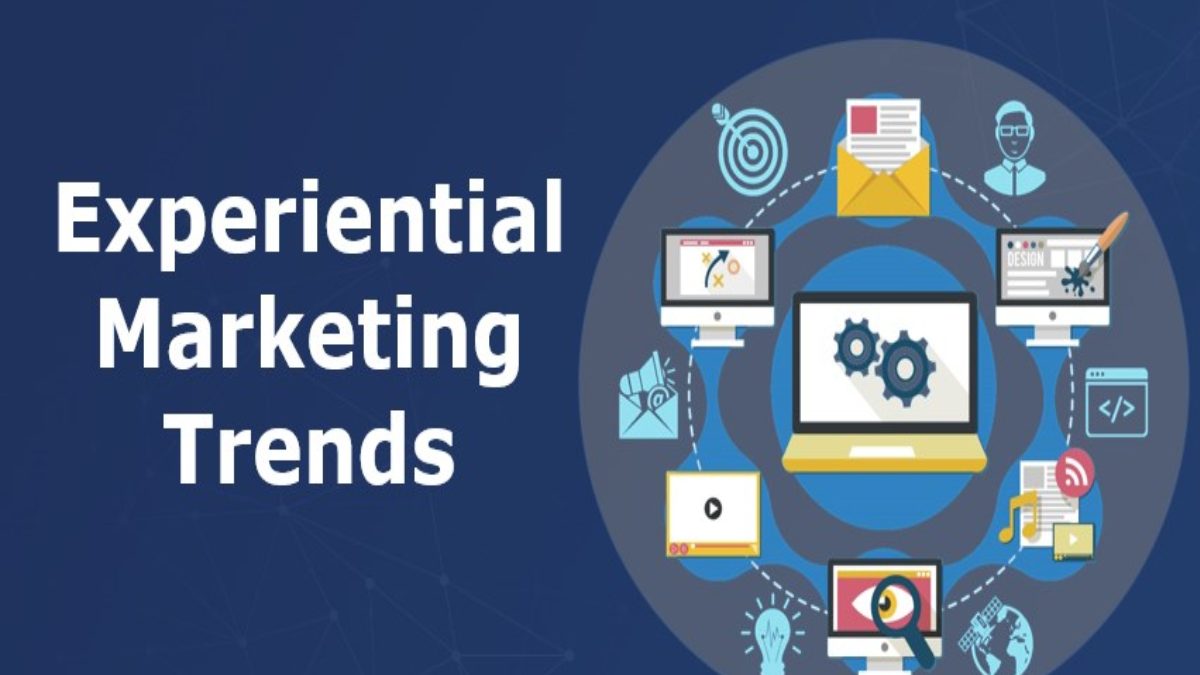Work events are seldom the most riveting things to attend, as many who have attended one will know all too well. But why are many of these events tough to sit through and dissuade you from going back the following year? Is it the event itself? It’s more to do with the experience of the event that you remember.
Table of Contents
What is experiential marketing?
A marketing technique known as ‘engagement marketing,” or experiential marketing, encourages customers to connect with a brand in a real-world setting. It is possible to demonstrate to clients not just what the firm does but what it stands for by using participatory, hands-on, and physical branding materials.
Experiential marketing is often centred around live events, so it’s understandable if the term sounds a bit like “event marketing.” Even so, there are occasions when they are not directly linked to a certain event.
An experience marketer plays a vital role in this process. Live, engaging marketing campaigns or in-person events are the responsibility of an experience marketer. We can say that the responsibilities of an experience marketer are analogous to those of a brand ambassador, manager, or event planner, and their tasks include things like:
- Build brand recognition, connect with your audience, and make a good impression on them by coming up with creative experiential marketing ideas.
- By doing market research, you can find out what kinds of experiential marketing initiatives work best for a certain audience.
- To assist companies to successfully engage with their target consumers, they create events or live, interactive campaigns.
- In terms of event management, they’re in control of the planning and execution of events.
- All experiential marketing campaigns should be tracked, analysed, and reported on.
- Collaborate with departments such as marketing, design, digital, social media, and PR.
- To oversee seller compliance and execution, sales assistance, and overall event success, travel to events is required.
Why is experiential marketing important?
A salient reason why experiential marketing is so effective is that, according to Forbes, this type of marketing can reinforce a connection between the company’s brand and its customers. Furthermore, it gives you the opportunity to gather crucial information about those that take part in these events, which can aid in refining and improving your marketing strategy. Without feedback, marketing can be blind to what customers are really looking for.
It is possible for these campaigns to be merged for better effect. While the principal goal is to have a physical encounter with a brand, it’s important to have an online conversation about it as well.
Examples of successful experiential marketing
A look at some examples of experiential marketing in action illustrates the enormous potential that this marketing technique has to offer and of which property marketing can learn from.
Red Bull Stratos
Many people I know were awestruck by the Red Bull Stratus jump in 2012. Indeed, Red Bull isno stranger to promotional activities involving extreme sports
Red Bull’s marketing campaign, dubbed “Stratos,” included Austrian skydiver Felix Baumgartner, who worked with Red Bull to break the world record for the highest skydive ever made. It stands at an incredible height of 128,000 feet, or nearly 24 miles above the Earth’s surface.
Red Bull utilised a giant helium-filled balloon to send Felix to the stratosphere in a tiny communication capsule for this incredible feat. His climb and preparation for the leap, in addition to breaking another record before landing safely back on Earth, allowed him to break a record for the largest amount of watched traffic of any live video ever aired on YouTube, at well over 8 million people.
Important marketing lessons can be learnt from this event. For example, the power of suspense can be all-consuming and captivating. Experiencing something new, even if it is a little frightening, is an unforgettable experience. Witnessing such a live event may slightly elevate hormone levels in watchers due to the suspense and raised hormone levels help imprint memory onto the brain. As a result, the longer your audience remembers and reflects on the event, the better the outcome will be.
And lest we forget or miss something else, having your brand name entered into the history and record book isn’t such a bad thing, hey?
Summary
Customers have made it obvious that advertising no longer piques their interest. They can skip commercials using their DVR, use ad blockers to keep them from appearing on their computers and mobile devices, and watch without interruption thanks to services like Netflix.
Experiential marketing is one effective way in which brands can reach their target audience in an engaging and memorable way. Creating experiences that customers want to be part of allows businesses to reach them in an emotional and engaging way.
As a result of carefully planned experiential marketing, Jamie Johnson, CEO of FJP Investment, offered an interesting insight: “Customers will want to share their experiences with others and become brand advocates as a result. By applying experiential marketing techniques to selling property, you are showing people what their lives might be like if they lived in your listed property; you’re not just promoting a home for sale but selling them an experience they can connect with on a deeper level”.

